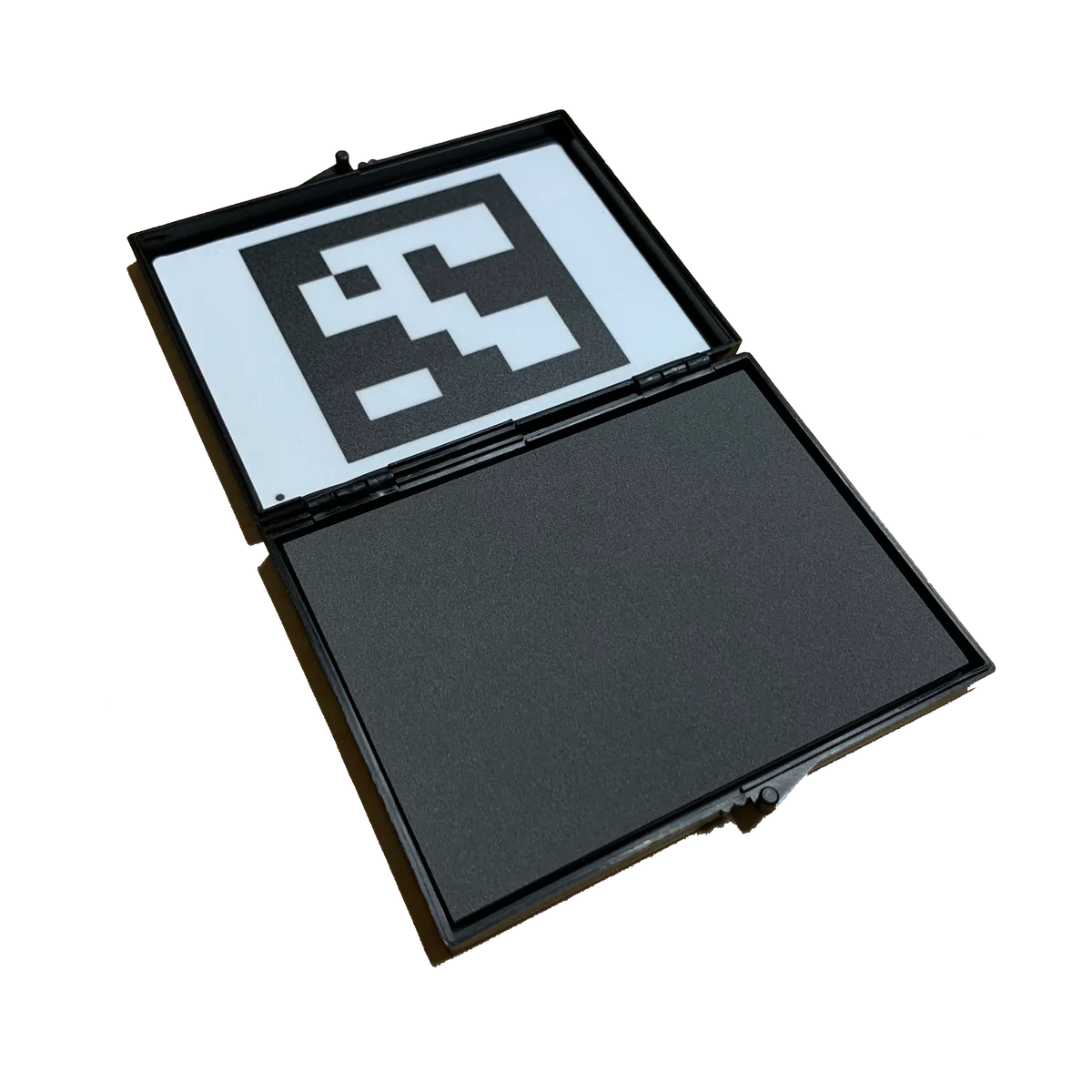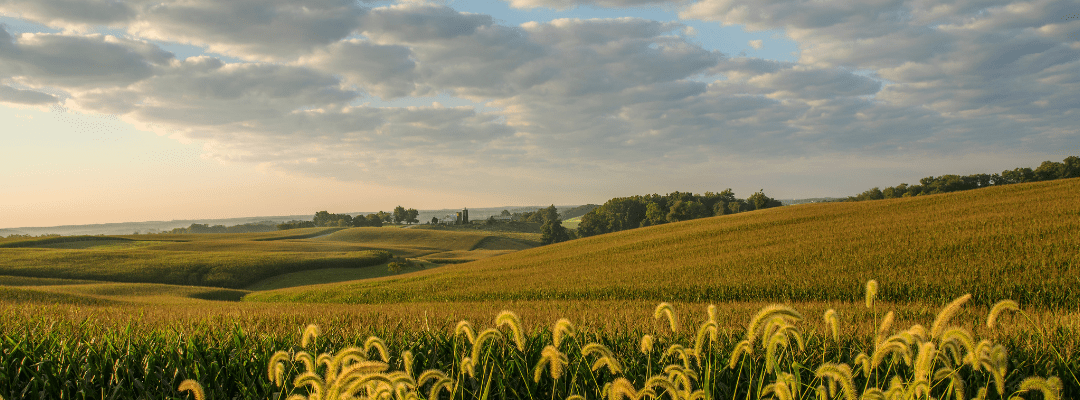Multispectral imagery has become a rising star in the realms of research and development – becoming a popular tool for digging deeper into crop health and performance. Unlike normal imaging, multispectral captures what isn’t seen by the naked eye, providing an additional layer of insight.
The two most popular multispectral indices, Normalized Difference Vegetation Index (NDVI) and Normalized Difference Red Edge (NDRE); also known as red edge, help to gain beneficial insight throughout the season. NDVI is based on Near Infrared and red bands, whereas NDRE analyzes NIR and Red Edge. And each has unique specializations, helping to determine when to leverage each.
Due to varying uses, choosing which is best for capturing the data you need comes down to when and why you are using multispectral imagery. NDVI is best suited for early- or mid-season because it focuses more on where vegetation is present. With NDVI, the data is based on what is absorbed and what is reflected from a plant – helping to gauge healthy versus unhealthy vegetation. This becomes difficult to measure as the canopy gets thicker and more difficult to break through.
On the flip side, NDRE uses red edge allowing you to better understand chlorophyll saturation and its relationship to the cellular structure of leaves regardless of canopy density. By monitoring the chlorophyll saturation, you’re able to gain insight on healthy or unhealthy plants throughout your plots or fields.
Both offer a deeper look into plant health and performance, allowing you to better gauge productivity and power critical decisions. However, varying lighting conditions can result in skewed or distorted multispectral imagery, negatively impacting the image accuracy and precision.
Queue Calibration: The Power of Calibrated Reflectance Panels
From variations in the sun’s position to differentiating cloud density, data quality is at risk as the differing lighting poses a threat to its accuracy. These deviations in data can skew analysis and misinform decisions, so what are ways to correct the aerial imagery captured in varying lighting conditions?
Knowing when and how to calibrate images can help in ensuring more stable lighting conditions and more accurate multispectral imagery. And an efficient and effective tool available to ensure consistent lighting is with a calibrated reflectance panel.
Reflectance panels work to correct variations in lighting conditions by providing consistent reflectance for both visible and near-infrared spectral bands. This allows the ability to precisely compensate for changes in ambient lighting conditions. There is no way to guarantee the same conditions throughout various flights, so having the ability to add a sense of consistency in lighting allows for more accurate comparisons – even when flying different times or different days.
Regardless of how clear the morning skies were or what the forecast said they would be, it’s impossible to ensure perfect lighting. Whether it be scattered clouds or the sun’s moving position, these changes in lighting conditions can result in variations in the imagery being captured – and these variations can skew the data being collected.
And, when it comes to measuring cop health over time, it’s important to note that no two days are going to provide the exact same conditions, so leveraging tools to offset that allow for more consistent imagery taken at various times and in different conditions. Whether it be day-by-day or week-by-week, the consistency provided by reflectance panels opens the door for more accurate comparisons.
Beyond correcting conditions, a reflectance panel also offers a more accurate and absolute numerical spectral index numbers. By providing insight on lighting conditions during the time of the flight, more exact data can be captured. This amount of precision is extremely valuable in getting more accurate insights when analyzing multispectral imagery.
Sentera Calibrated Reflectance Panel
Sentera offers a Calibrated Reflectance Panel that provides a consistent reflectance surface spanning both visible and near-infrared spectral bands, which allows the ability to precisely compensate for changes in ambient lighting conditions.
 Reference images of the panel should immediately be captured before and after multispectral data collection for best results. When ordering a multispectral Crop Health mosaic from FieldAgent Desktop, include images of the reflectance panel. The mosaic will include a five-band TIFF with calibrated reflectance for each band.
Reference images of the panel should immediately be captured before and after multispectral data collection for best results. When ordering a multispectral Crop Health mosaic from FieldAgent Desktop, include images of the reflectance panel. The mosaic will include a five-band TIFF with calibrated reflectance for each band.
The Sentera Calibrated Reflectance Panel is compatible with:
- DJI Mavic 3 Multispectral
- DJI Phantom 4 Multispectral
- Sentera 6X


